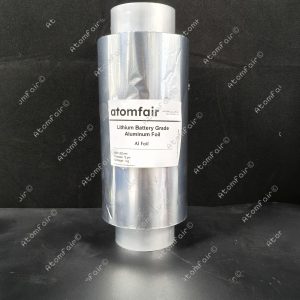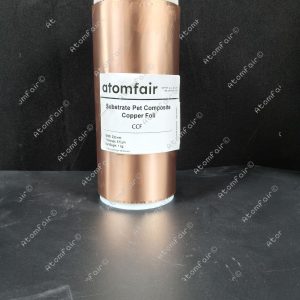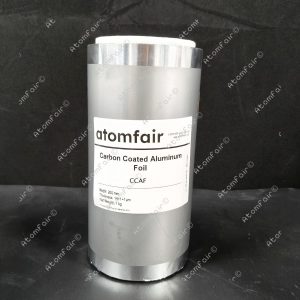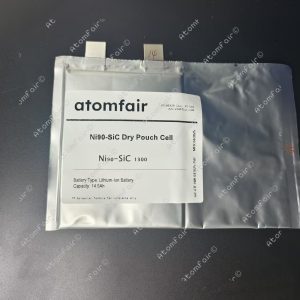Your cart is currently empty!

Atomfair 1,3,2-Dioxathiane, 2,2-dioxide C3H6O4S
Description 1,3,2-Dioxathiane 2,2-Dioxide (CAS No. 1073-05-8) is a high-purity cyclic sulfate compound with the molecular formula C3H6O4S . This versatile reagent is widely utilized in organic synthesis, particularly as a key intermediate for the preparation of complex molecules such as deoxy salacinols. Its cyclic sulfate structure offers excellent reactivity in coupling reactions, enabling efficient functionalization of target compounds. The product is supplied as a white to off-white crystalline solid with ??98% purity (HPLC), ensuring consistent performance in demanding research applications. Suitable for use under inert conditions, it is packaged in amber glass bottles to maintain stability and prevent degradation. Ideal…
Description
Description
1,3,2-Dioxathiane 2,2-Dioxide (CAS No. 1073-05-8) is a high-purity cyclic sulfate compound with the molecular formula C3H6O4S. This versatile reagent is widely utilized in organic synthesis, particularly as a key intermediate for the preparation of complex molecules such as deoxy salacinols. Its cyclic sulfate structure offers excellent reactivity in coupling reactions, enabling efficient functionalization of target compounds. The product is supplied as a white to off-white crystalline solid with ??98% purity (HPLC), ensuring consistent performance in demanding research applications. Suitable for use under inert conditions, it is packaged in amber glass bottles to maintain stability and prevent degradation. Ideal for pharmaceutical, agrochemical, and materials science research.
- CAS No: 1073-05-8
- Molecular Formula: C3H6O4S
- Molecular Weight: 138.14
- Exact Mass: 137.99867984
- Monoisotopic Mass: 137.99867984
- IUPAC Name: 1,3,2-dioxathiane 2,2-dioxide
- SMILES: C1COS(=O)(=O)OC1
- Synonyms: 1073-05-8, Trimethylene sulfate, 1,3,2-Dioxathiane, 2,2-dioxide, 1,3-Propylene sulfate, 1,3-Propanediol, cyclic sulfate
Application
1,3,2-Dioxathiane 2,2-Dioxide is primarily employed as a reagent in the synthesis of deoxy salacinols via coupling reactions. Its cyclic sulfate group acts as a reactive handle for nucleophilic substitution, facilitating the construction of complex glycosidic structures. Researchers also utilize it as a propylene glycol equivalent in polymer chemistry and as a precursor for sulfated organic compounds. Its stability and selectivity make it valuable for controlled functionalization in medicinal chemistry workflows.
If you are interested or have any questions, please contact us at support@atomfair.com
Related products
-
Atomfair 1 kg/roll Battery Grade Aluminum Foil (200mm W x 12um T) for Battery Electrode Substrate/ Current Collector
$169.95 -
Atomfair 1 kg/roll Battery Grade PET Composite Copper Foil for Battery Anode Substrate/ Current Collector
$529.95 -
Atomfair 1 kg/roll Double Sides Conductive Carbon Coated Aluminum Foil for Battery Electrode Substrate/ Current Collector (200 mm wide 14+1+1 um thick)
$189.95 -
Atomfair 14.5 AH Ni90 || SiC Dry Pouch Battery Cell Without Electrolyte Filling
$550.00 -
Atomfair 1AH LCO || Graphite Dry Pouch Cell Lithium Ion Battery
$169.95




